This content is associated with The Open University's Sport and Fitness courses and qualifications.
As we look forward to enjoying the action of the 2023 World Cup there is a growing awareness that there are significant differences in how women’s and men’s bodies respond in sport. In particular, after ACL injuries to England players Beth Mead and Leah Williamson, we are aware that footballers in the women’s game are significantly more prone to knee injuries. There is an increasing awareness and knowledge about the impact of concussion in men’s contact sports, such as football and rugby, due to the development of dementia in rugby players, such as Steve Thompson and Ryan Jones, and the recent death of Gordon McQueen who was famed for his heading ability.
Research into the long-term impact of repeated forces on women’s brains is still in its infancy with studies starting only about three years ago. Long-term research is limited as women have been involved in professional contact sports for a much shorter time than men, so the impact of concussion is yet to be fully realised. However, there is one example of research conducted in 2020 when an Australian Rules player, Jacinta Barclay, committed suicide after a brief but intense period of mental illness. She donated her brain to medical research and while there was no evidence of chronic traumatic encephalopathy (CTE) that leads to dementia, there was evidence of degradation of white matter in her brain, despite Jacinta only ever suffering one concussion during her career.
It is being increasingly acknowledged that female athletes in contact sports are even more susceptible to concussions and sub-concussions than males, due to having smaller heads and weaker neck muscles (Sanderson, 2021). This results in greater head acceleration on contact, increasing the risk of concussion. Our understanding of concussion in women is growing, and sports have protocols in place to protect athletes who have experienced concussions. However, now we are increasingly becoming aware of the risk of sub-concussions and that cumulative sub-concussions are the cause of CTE rather than concussions (New York Times, 2023).
What are sub-concussions?
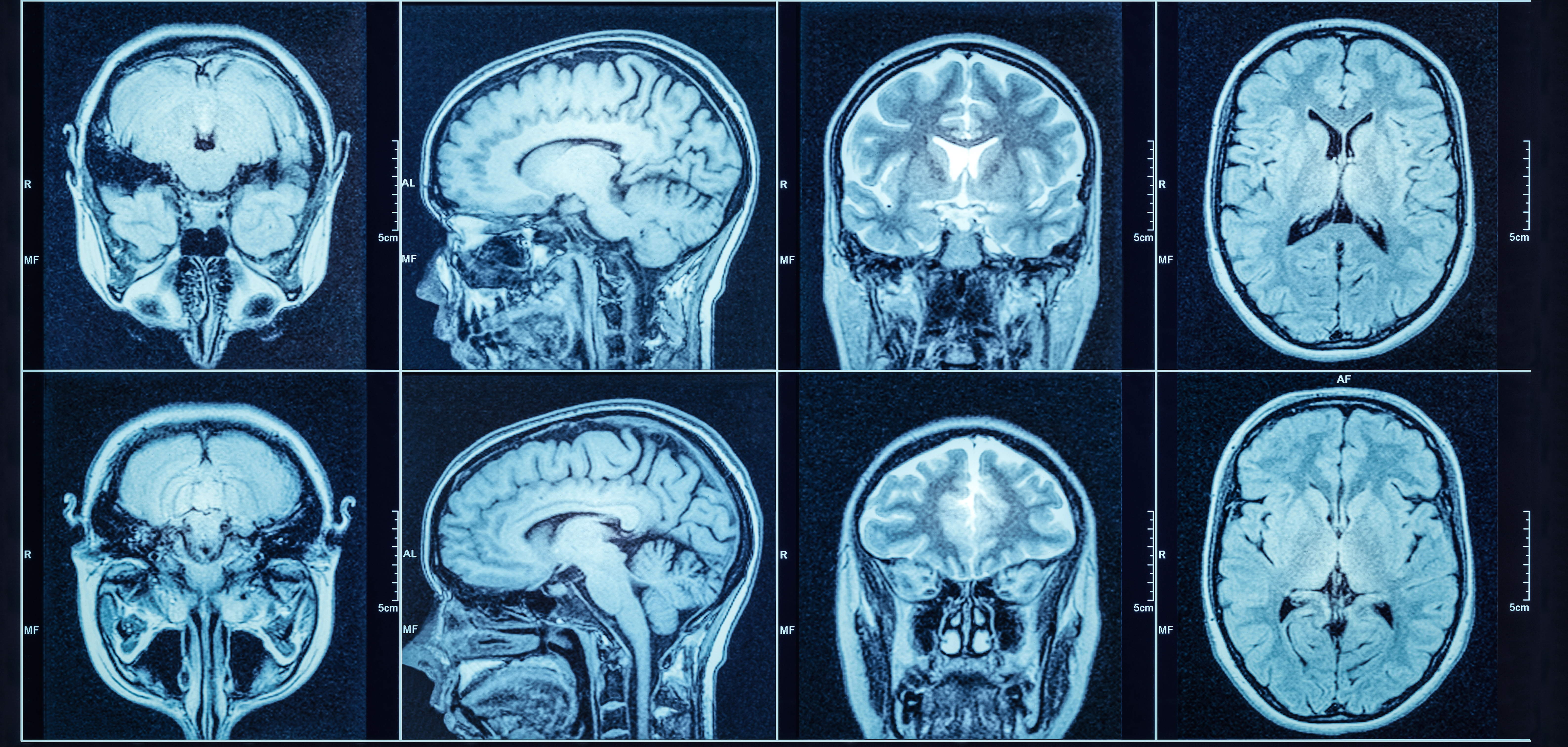 A set of eight scans of the brain, taken from different angles
A set of eight scans of the brain, taken from different angles
Sub-concussions are brain injuries caused by low-force impacts that damage the brain without causing any of the symptoms of concussion. Symptoms of concussion, such as brain fog, headaches and slower reaction times can be observed, but sub-concussions usually go unnoticed and undetected. The force required to produce concussion is around 2–4 times greater than the force to produce a sub-concussion; however, sub-concussions occur 500 times more frequently (McSweeney, 2022).
While damage to brain cells from single events is significant, the risk and severity of brain damage is increased by the accumulation of these smaller sub-concussive events that go unrecorded. Sub-concussions result in tears in tiny blood vessels in the brain and a disruption to the protective brain barrier leading to damaging inflammation within the brain and an abnormal build up of a protein in the brain, called tau protein (McMinn, 2023). Tau protein is present in normal brains to provide protection but with forces to the brain it changes into a harmful, damaged version of the protein that can no longer stabilise the brain, and brain cells will lose their ability to function (McSweeney, 2022). This damaged tau protein kills brain cells that are needed for thinking and regulating emotions (McMinn, 2023).
Sub-concussions in football
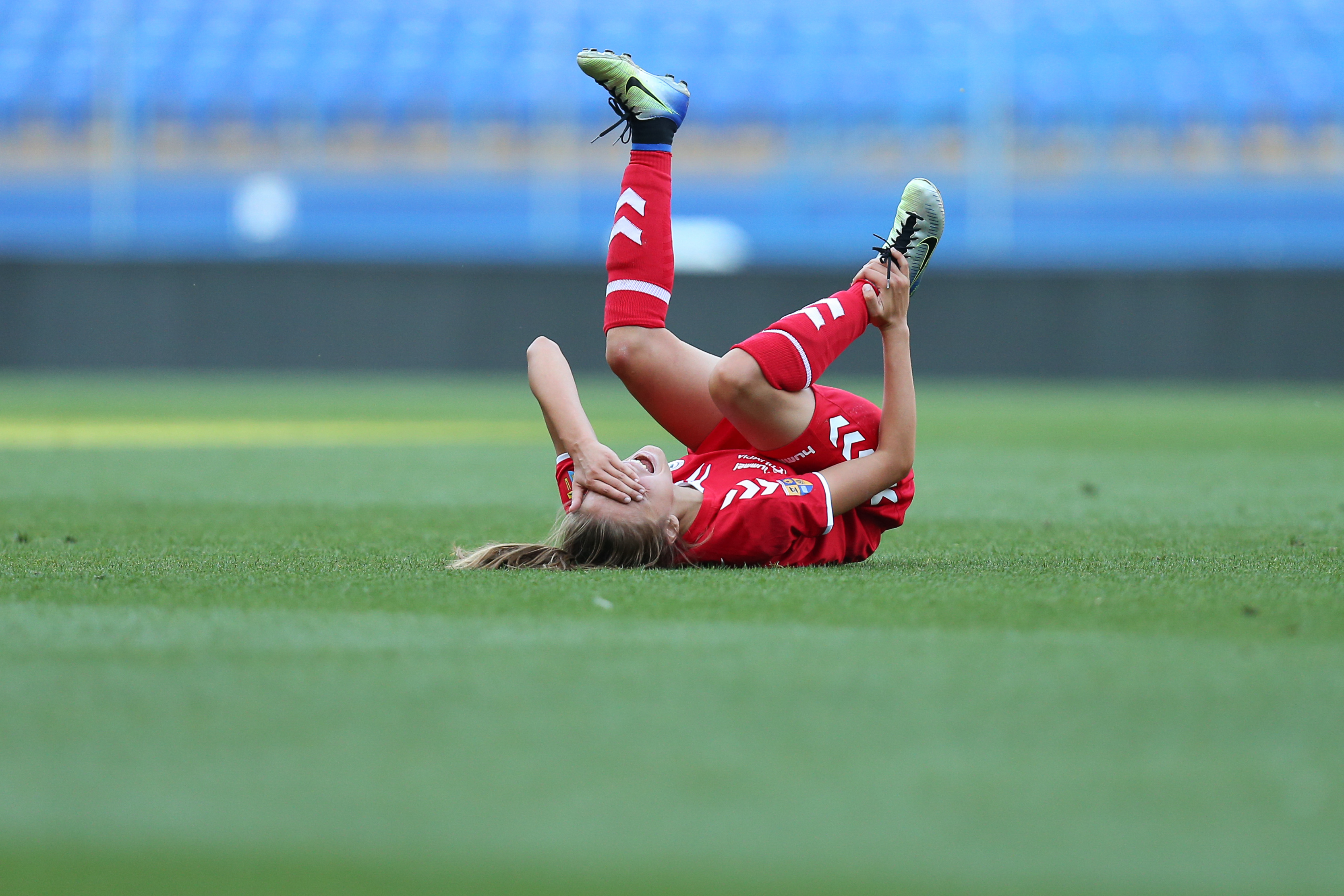 A photograph of an injured player on a football pitch
A photograph of an injured player on a football pitch
Sub-concussions will occur when players head the ball, but they may also occur through bumps, jolts or blows. In particular sub-concussions can be caused by:
- clashes of heads between players
- contact between the head and an opponent’s shoulder, knee or hip
- contact between the head and the ground.
Sub-concussions and concussions are particularly caused when rotational forces are applied to the head, such as in a glancing blow between the head and another body or the ground. The sudden acceleration and deceleration of the head causes the brain to rotate, and it is these twisting forces that will shear brain cells, tear blood vessels, and produce damaging inflammation to the brain. In addition, research shows that women sustain more serious concussions, have worse symptoms, and take longer to recover (McGroarty, Brown and Mulcahy, 2020).
Can the effects of sub-concussions be minimised?
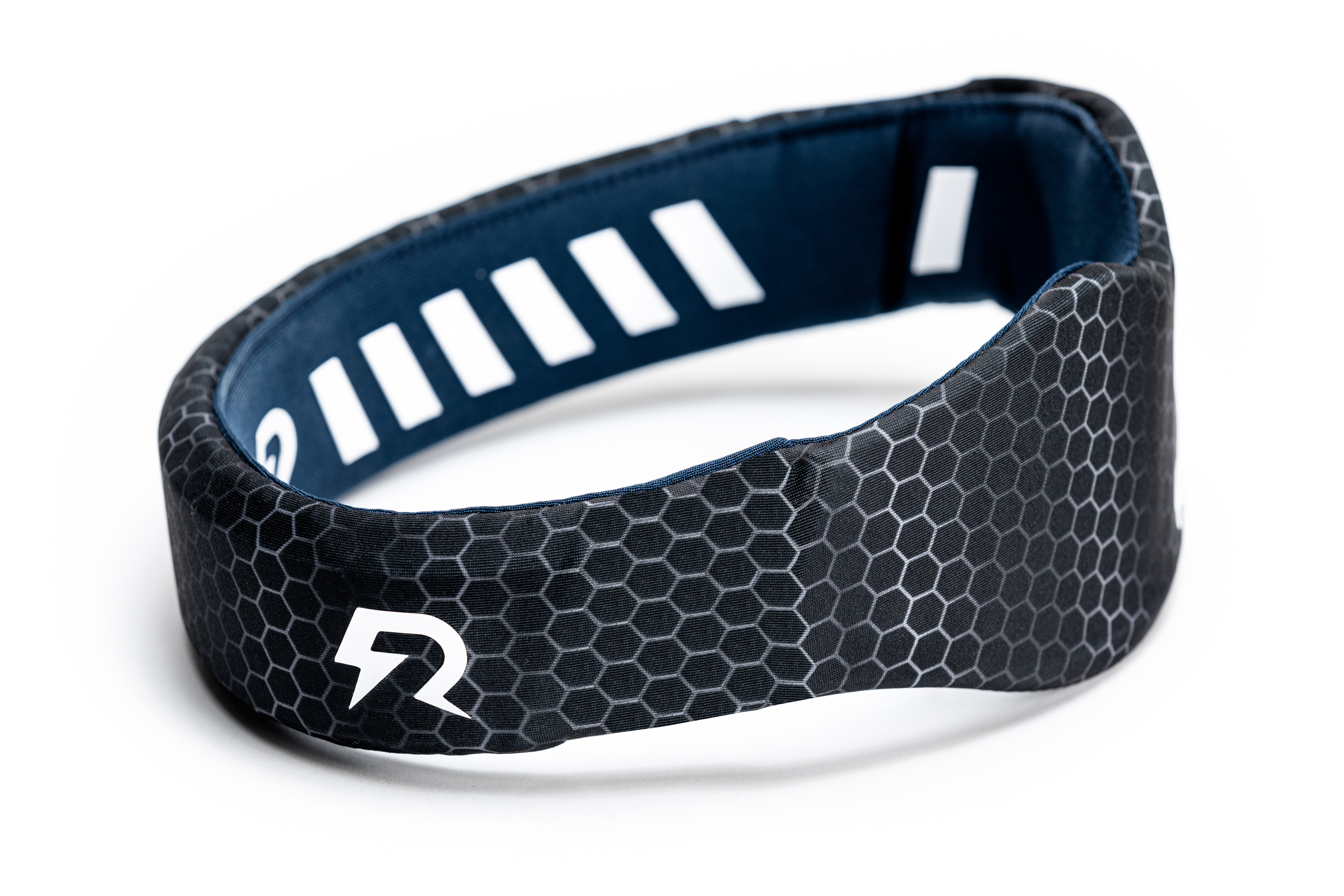 An image of the Rezon Halo
An image of the Rezon Halo
As subconcussions are difficult to diagnose it is best to take a preventative approach rather than a reactive approach. In rugby, skull caps are a regular sight and, in football, we’ve seen examples such as Wolves striker Raul Jimenez who wore a headguard after recovering from a significant head injury. Protective headwear seems like an obvious precaution to take; however, hard helmets such as those worn in American football can actually increase the magnitude of rotational forces and thus cause more damage.
Due to the density of the bone on the top of the skull it is well protected, but the brain desperately needs protection. In 2022 a new protective headband, Rezon Halos, as shown above, became available. It protects the area around the temples and back of the head and decreases rotational forces by at least 60%, thus minimising brain injury (Rezon Ltd, 2023).
It will be interesting to see whether headbands of this type are worn by players during the World Cup. Maybe one day we will get to the point where as well as putting on shin pads to protect their shins the players will wear headbands to protect their brains.
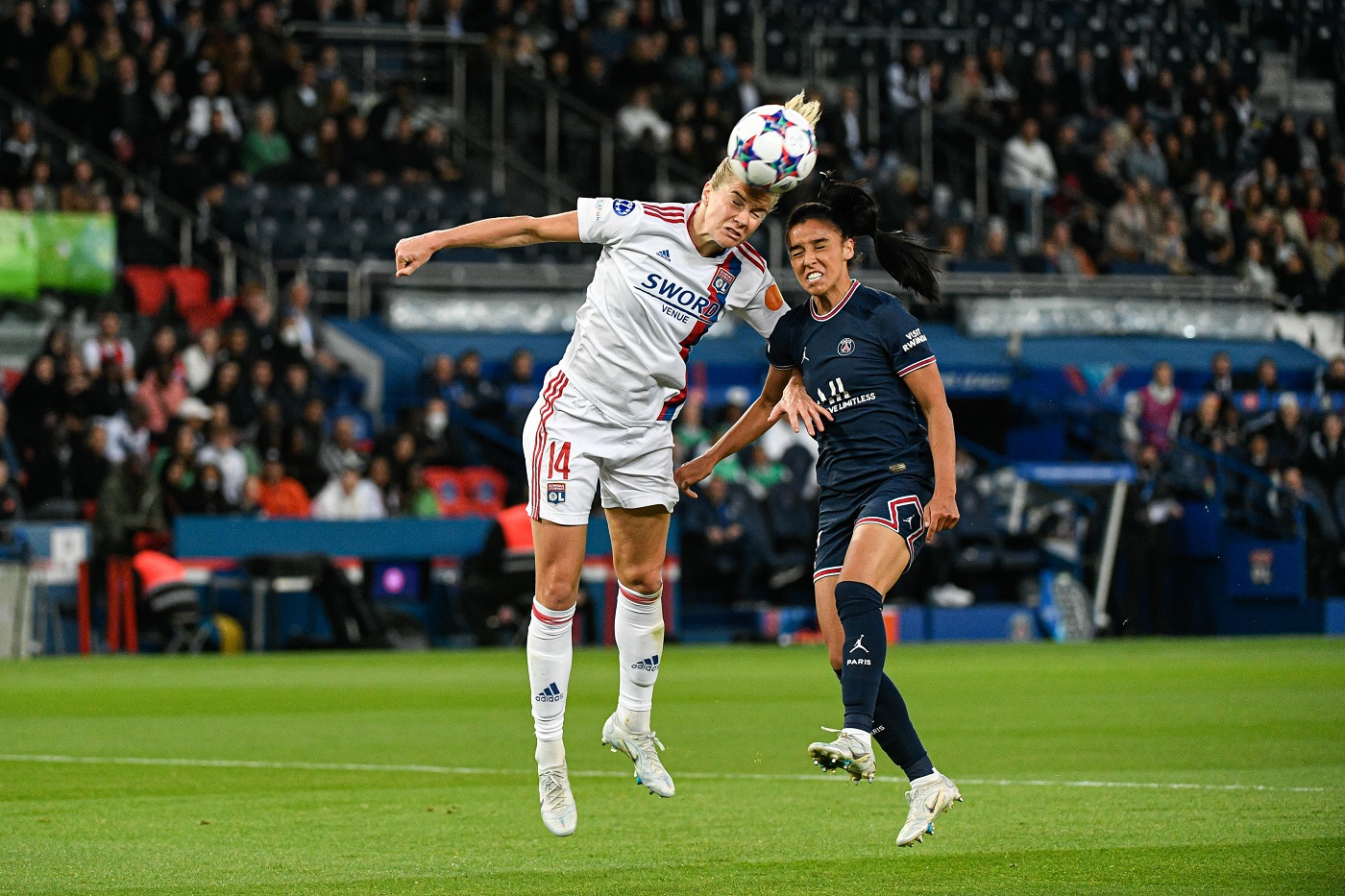
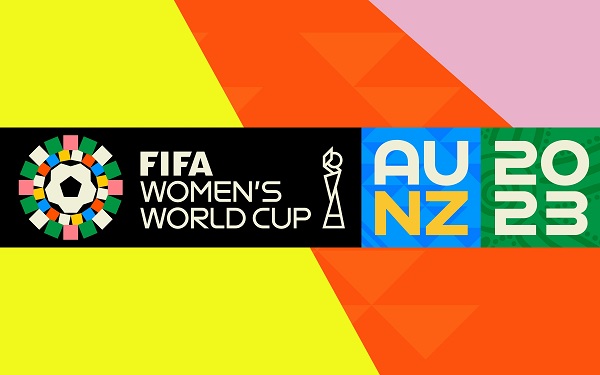






Rate and Review
Rate this article
Review this article
Log into OpenLearn to leave reviews and join in the conversation.
Article reviews